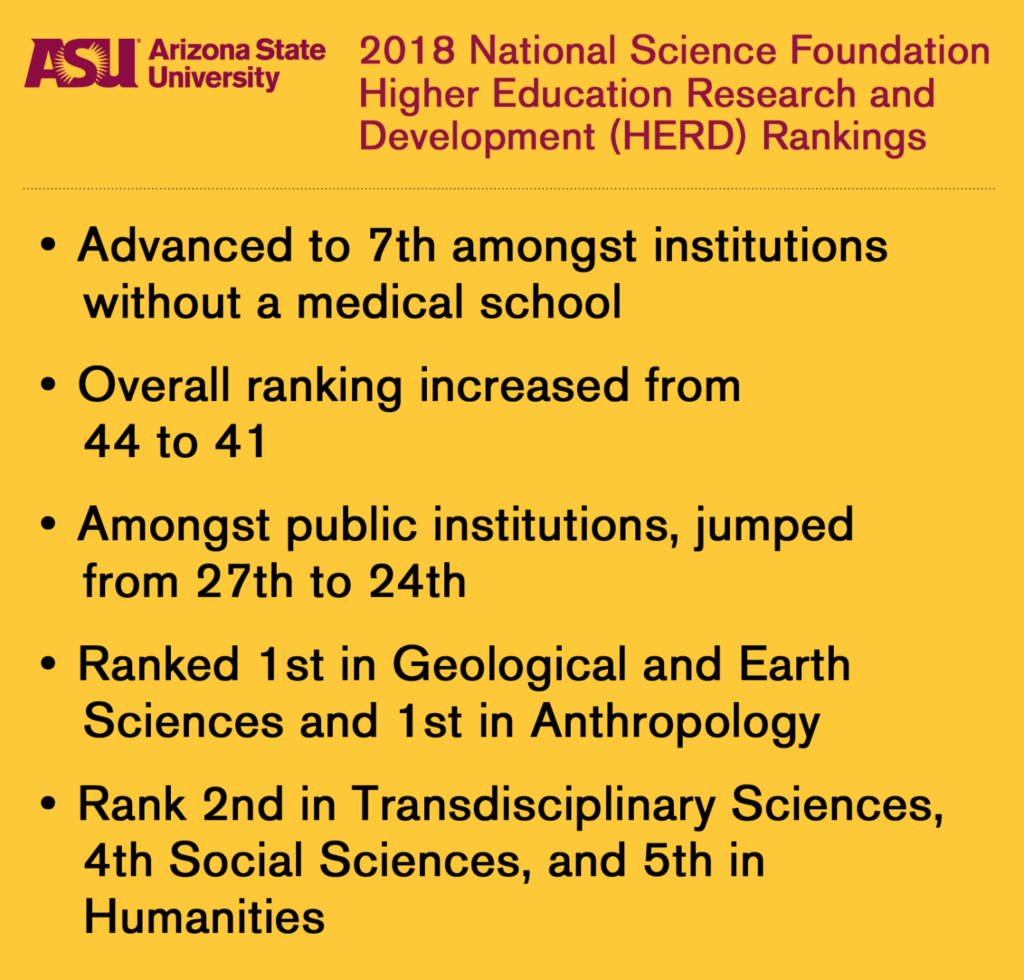
Working with Skysong Innovations
Skysong Innovations is ASU’s technology transfer arm, working with university researchers who want to pursue commercial pathways for their inventions.
As ASU’s research enterprise has grown, the team at Skysong Innovations has raced to keep pace. More research funding means more innovations and, eventually, more new startup companies and products based on the work of ASU inventors. Last year, the university produced a record-high number of commercial outputs, and a handful of ASU spinout companies raised $50 million in new venture funding, bringing the total amount raised by ASU-linked startups to more than $700 million.
We sat down with Augie Cheng, Skysong Innovations’ CEO, to discuss the organization’s unique approach to tech transfer and how to best engage with them.

Augie, we talk a lot about innovation at ASU. What makes Skysong Innovations different?
It goes back to how we started and what we’ve been able to focus on. ASU’s tech transfer office, before President Crow arrived, functioned in a very traditional way. The team was directed to focus on revenue generation, which naturally led to working with only a few of the highest-potential technologies at a time.
There were two problems with this model. The first is that it didn’t work. It turns out that people aren’t very good at predicting the future when it comes to which innovations will make it in the market. When you pick and choose which technologies to pursue, you make mistakes both in the ones you pursue and the ones you don’t.

The other issue is that the incentives are all wrong for a public research institution. We are not a for-profit company that’s just looking to maximize short-term financial results. President Crow has been clear since he arrived; our goal is broad societal impact. If ASU spins out a company that attracts tens of millions of dollars in external funding and supports lots of well-paying jobs, that means a lot more for Arizona and our region than whatever percentage of licensing revenue we get on a line of products.
How do you measure that impact?
That’s a great question, and one we are always probing.
We really look at it from two directions. The first is internal. If our model is that we’re going to work to move as many inventions as possible from the lab to the market, how are we doing on that? Are we reaching our faculty and seeing more technologies disclosed to our office? Are we licensing more technologies, more quickly? Are we supporting more startups?
Obtaining more patents?
Yes, although to some extent that’s a strategic decision. As the scale of ASU’s research has grown substantially, we’ve had to look at how we are filing patents to ensure we can align our resources with the need to protect all that intellectual property.
What we do see, though, is that we do very well on these internal measures. Every year we compare ourselves to similarly-sized universities, looking at our inputs [invention disclosures] and outputs [licensing deals, startups, and patents] per research dollar compared to what our peers are achieving. We typically rank very highly on these measures.
But that’s more about operational efficiency and less about impact. To get at the broader point, we commissioned the Seidman Research Institute to examine the effect of ASU-linked startups on the state’s economy. What they found is that over a three-year period, Skysong Innovations and 40 ASU-linked companies helped generate an additional $400 million gross state product and added $36.4 million in state and local tax revenues. In total, the cumulative economic impact of these entities is projected to exceed $1 billion by 2022.
What does it take to make a successful startup?
It starts with a great idea. It needs to be a technology with strong market potential, and it needs to be well-protected so that others can’t just copy it.
ASU researchers generate tons of these strong ideas and technologies. And for years Skysong Innovations has worked to help inventors understand and navigate the challenges that come with protecting intellectual property. But we learned a long time ago that just signing a license agreement with a startup company and then “wishing them luck” isn’t enough to help them succeed.
Most new startups hit a challenging point soon after launch. They’ve spent their initial research money and need new funding to sustain themselves for the months or years it takes to get to a point where they can produce a revenue-generating product. In the business community, that period is often referred to as the “Valley of Death” because it’s where so many young, promising startups have closed up shop.
Skysong Innovations has worked for years to help ASU startups connect with investors. However, one thing we’ve learned is that many investors are wary of giving money to companies led by inexperienced founders. That’s why we created the ASU Startup Mill, to connect ASU companies with successful entrepreneurs and experienced corporate executives who can provide advice, support and – in some cases – even take positions running these startups.
This approach has worked very well. So well that we’ve exported the model to our partners in Southern California, which also gives ASU companies access to that ecosystem of investors and entrepreneurs.
How do people engage with Skysong Innovations?
We try very hard to be easy to work with. On the industry side, we have always looked to execute rapid and efficient deals on reasonable terms, with an emphasis on speed to market, flexibility, and even some risk-sharing. For years, our partners have noted that working with ASU is not like working with many other large universities.
Internally, if someone at ASU has a great invention, we want to hear from them. Most of the work we do is with faculty and post-docs, but we have also marketed inventions submitted by staff and supported some high-potential startups launched by students.
If your idea involves a startup, apply to be part of the 2019 Skysong Innovations Startup Competition. If you’re not sure about the best way to bring it to market, go to our website and click the “Submit Innovation” button. Together, we’ll take it from there.